The Gallery of Modern Art (GAM) in Turin is not just any museum: it has been in existence for more than a century, is often proudly presented as the first public collection of modern art in Italy, and houses one of the richest and most comprehensive collections of nineteenth- and twentieth-century art in the country. A boundless collection of thousands of pieces, compared to a building suitable for displaying a tiny fraction of them (a condition, however, common to many museums). As a result, especially in recent years, there have been several rearrangements. The latest opened last October 16, is entitled First Resonance, is scheduled until next March 16, and is based on a singular, albeit outdated, approach: the works are organized by subject rather than chronologically. Until next March 16, therefore, visitors to GAM will no longer see the selected works in their chronological succession, but will be entertained by a series of rooms in which the works are juxtaposed by thematic relevance. Fifteen in all are the nuclei: Light Color Time; Plein Air; Reflections; Venetian Color; Drawing Painting; Screens; City Lights; Rhythmic Forms; Earth and Vapors; Pulviscolare; Everything Moves; Sunsets; Imaginary Journeys; Seeding; Walls. These are then joined by an additional section, “Living Storage,” in which works are displayed on grids as if in a storage room, and where it is not uncommon to come across some of the museum’s cornerstones.
Inside each individual section coexist, of course, artists even distant in time, juxtaposed by similarities. A few random examples: the “Reflections” section is dedicated to paintings that “diffuse the luminous vibrations that are generated on the changing surface of water” and gathers works by Fontanesi, Alfredo d’Andrade, Mattia Moreni and Piero Dorazio, or in “Drawing Painting,” a room that intends to gather some works “around the mobile recomposition of the antinomy between drawing and painting” meet works by Karel Appel, Pinot Gallizio and Pesce Khete, and again in “Everything Moves” here come Leonardo Bistolfi, Leoncillo, Medardo Rosso and José Maria Sicilia united by their position “in the transition zone between sculpture and painting.” Let us come straight to the point: the arbitrariness of the selection of themes seems rather evident, as well as that of the artists who are supposed to represent them, just as superficial seem to be the thematic choices, which in addition to dismembering chronologies and contexts do not even seem useful to deepen visions, choices, ideas of the artists called to compose this network of relationships, which are sometimes scholastic (“Plein air,” which brings together a series of 19th-century Piedmontese landscape painters, along with works by contemporary artists set in nature), sometimes inconsistent (“Pulviscular,” with works by Icarus, De Pisis and Bill Lynch put together on the basis of a “physical awareness of a pulviscular, Lucretian motion, where atoms swirl all around”), often questionable (the studies of Massimo d’Azeglio included in the section of “Imaginary Journeys” by virtue of their unfinished state that “seems to seek a further space and time, an elsewhere that lies beyond the methodical practice of painting from life to which the artist used to subject himself”).
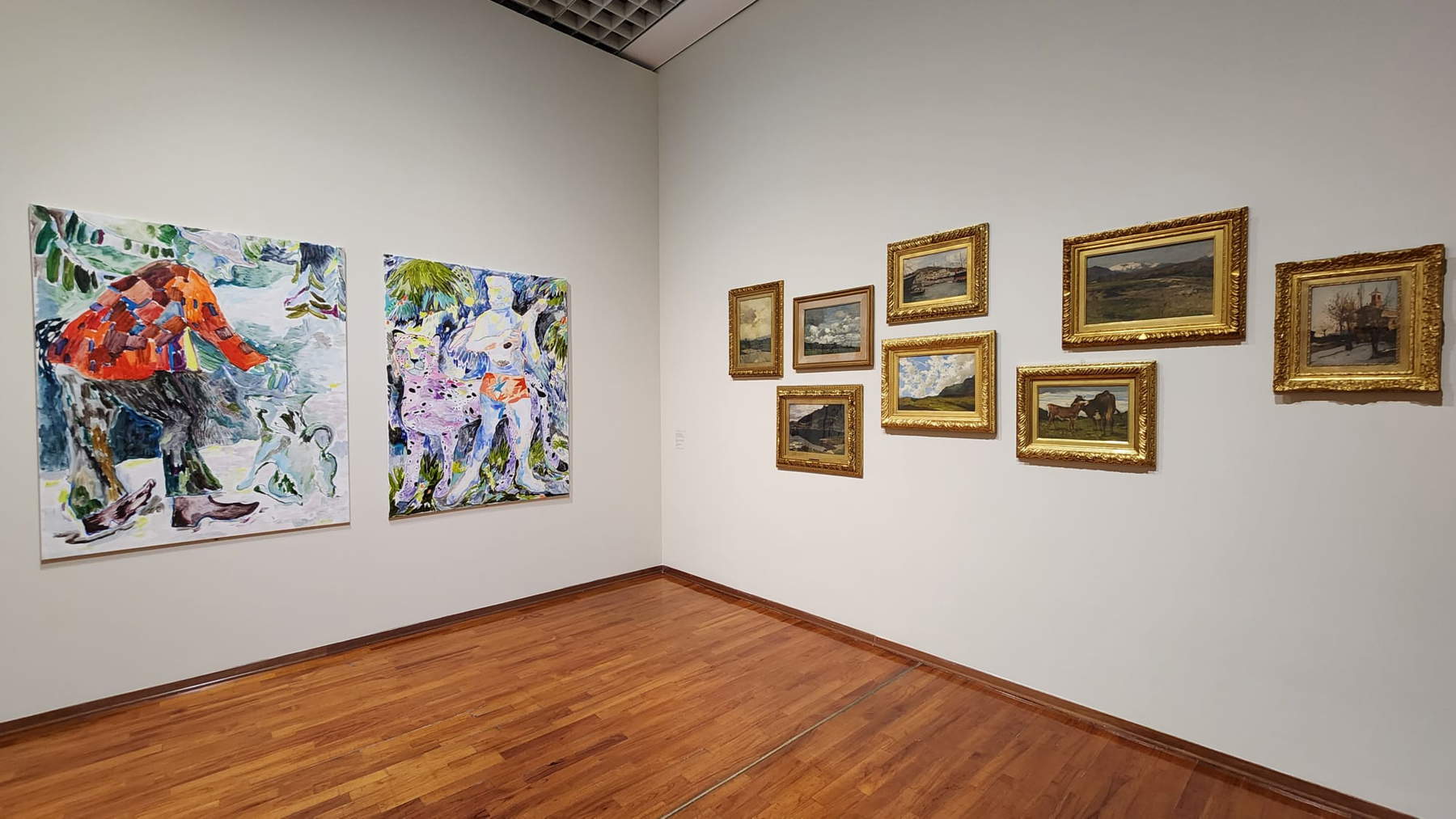
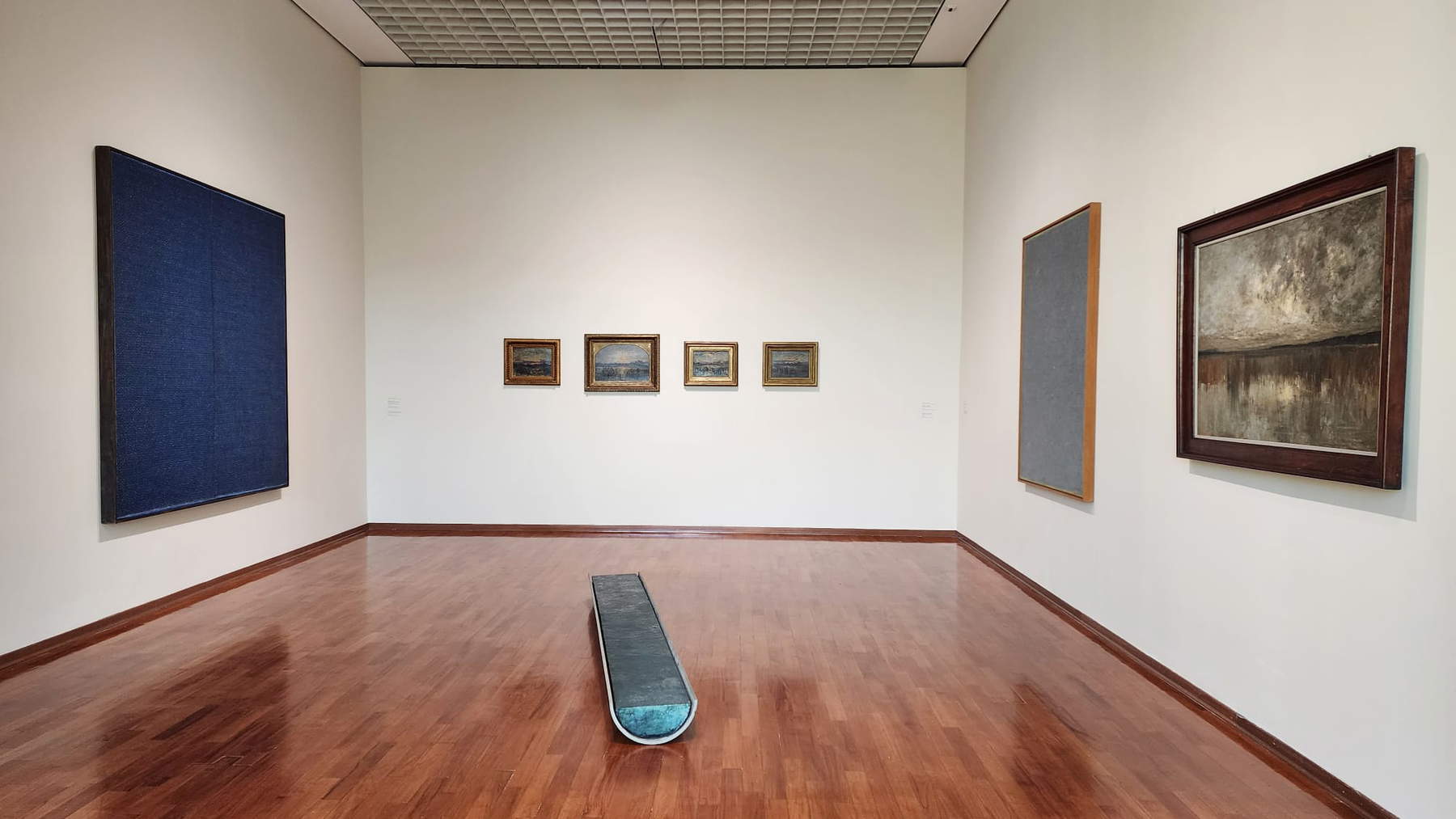
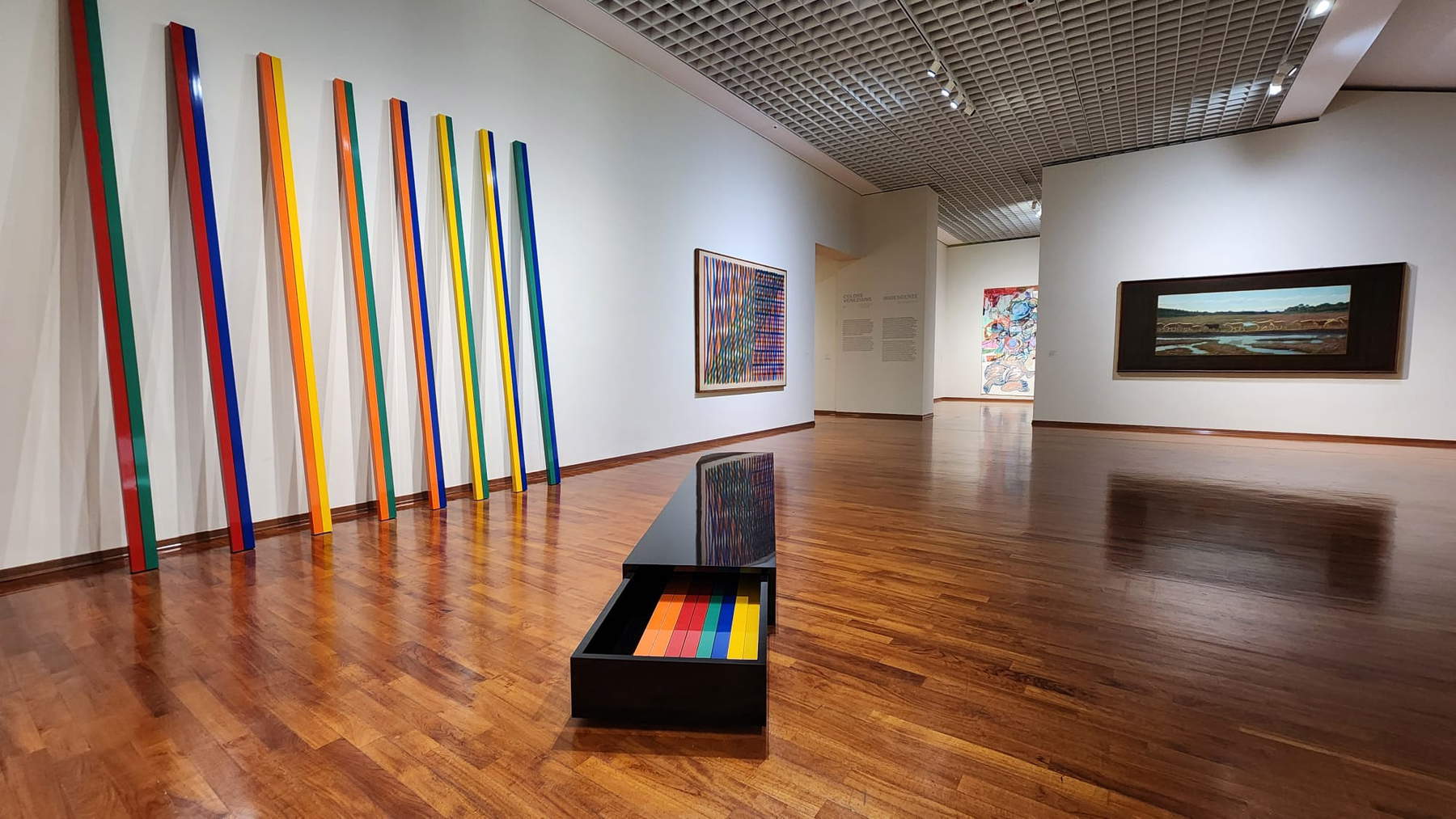
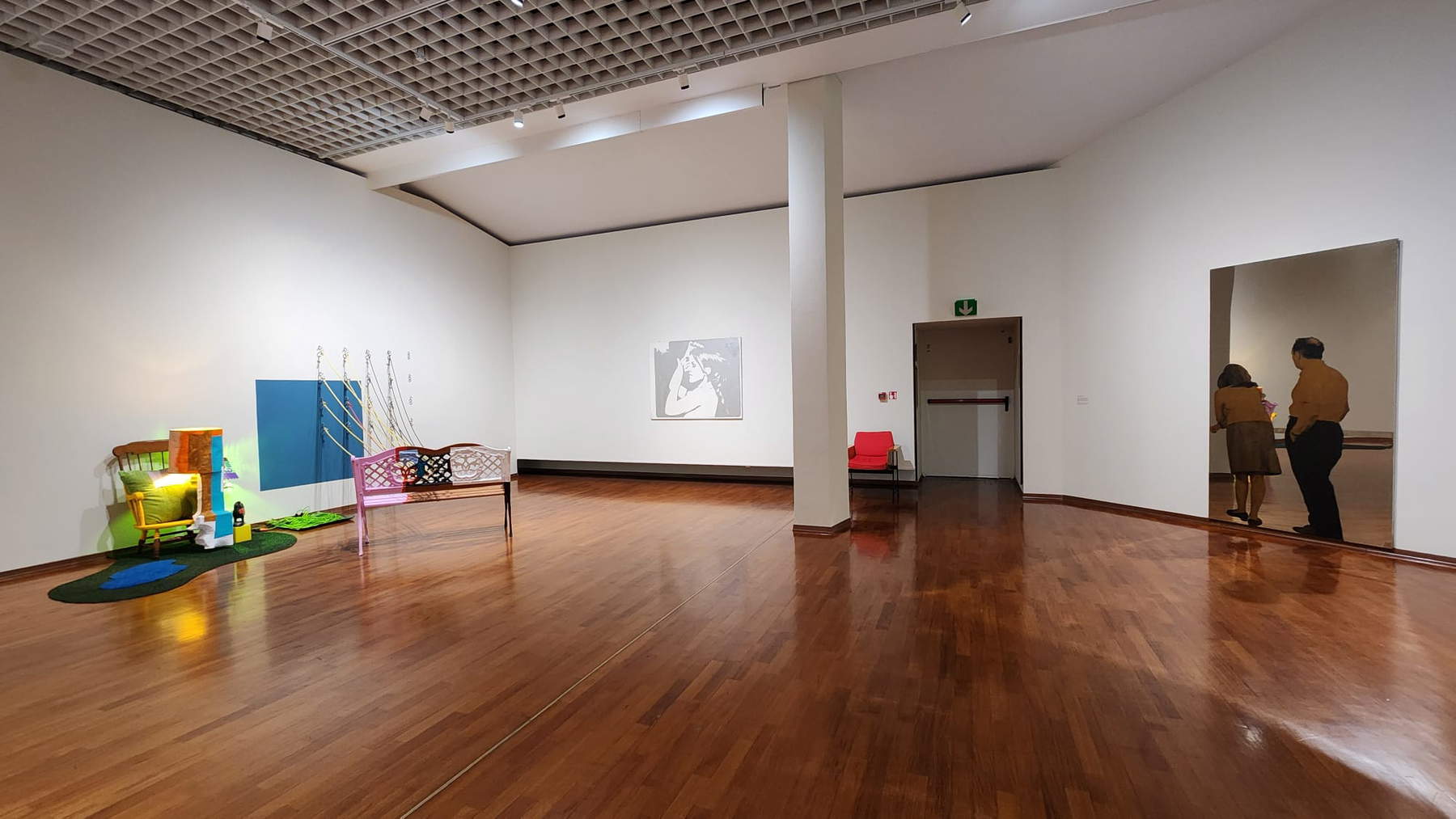
Many visitors did not fail to make their enthusiasm felt for the choices of director Chiara Bertola and curators Elena Volpato and Fabio Cafagna, who with her fine-tuned this Prima Risonanza to which, one imagines, a second one will soon follow if the basic idea is to organize the pieces of the permanent collection by reflecting “some motifs taken from current exhibitions,” as the introductory panel reads. It is curious that it is the permanent collection, which is supposed to be the body of the museum, its living heart, the blood that irradiates its organs, that has to adapt to the exhibitions, and one could argue at length that this concept of arrangement certifies without possibility of appeal to the idea that, today, exhibitions matter more than collections, and that museums must come to terms with this, to the point of having to subordinate their permanent collections to temporary exhibitions (when it should, if anything, be the reverse: the collection is the core, the garrison, the certainty, while exhibitions expand, broaden, deepen). Allowing temporary exhibitions to determine the path of the permanent collections, however potentially attractive it may be to the public (of course, there has been no shortage of people in recent months who have made their enthusiasm for GAM’s new choices heard), risks disorienting the public, undermining the museum’s cultural solidity, and multiplying costs (every few months the permanent rooms have to be set up all over again, with the associated expenditure of resources). It is like a school deciding every year to twist the curricula based on the most talked about topics on social media. New notions can be learned, sure, but the basics are lacking. For a museum with such an important collection, we would need, if anything, a dynamic balancing act: the permanent collections to provide a robust knowledge base because they constitute the historical soul of the museum, and the temporary exhibitions to innovate, to make the pieces of the collection dialogue, to offer the public new keys to readings and new contexts. But this is not the only point.
It will certainly be possible to say that even a chronological reconstruction may be liable to more or less subjective interpretations: there is no single way to read history. The chronological succession, for example, can be organized by temporal order (as at the Palazzo Barberini) or by schools (as at the Louvre) or in a mixed way (as at the Uffizi). And it will also be possible to say that, of course, a traditional arrangement may risk failing to perceive the temporal overlaps, due to the fact that we are used to studying art history as a more or less established sequence of facts. A Masaccio, for example, can be read as the father of Renaissance painting and be exhibited together with the painters who came after him and looked to him, or he can be considered the innovator who revolutionized the painting of his time and thus be exhibited together with his contemporaries who were unaware of Brunelleschian perspective construction or still bound to late Gothic physiognomies. True: there are, however, cornerstones around which even different interpretations tend to converge. Works that have had a demonstrable impact, works that have raised discussion, works that are central to understanding an artist. In a chronological rearrangement, one reflects ten times before excluding a November by Fontanesi (a work of historical significance for GAM, since it was purchased by Victor Emmanuel II in 1864) or Fontana’s Cuts (a fundamental juncture in 20th-century art) or L’ Casorati’s Man of the Barrels (among the few works at GAM that are useful in testifying to a different rappel à l’ordre than that of the Novecento group), or before relegating Sironi’s Venus to a marginal role, as has been done in this new display. In an arrangement by themes, on the contrary, one can safely dispense with Fontanesi’s Novembre , Fontana’s cuts, or hide Sironi’s Venus in a room refitted as a picture gallery, if they are not among the works most functional in bringing out the themes the curators want to bring to the public’s attention (and then, why certain themes rather than others? Why “Reflections” and not mountains, for example? Why Venetian color and not Tuscan drawing? Why imaginary travels and not portraiture? The game, of course, could go on and on).
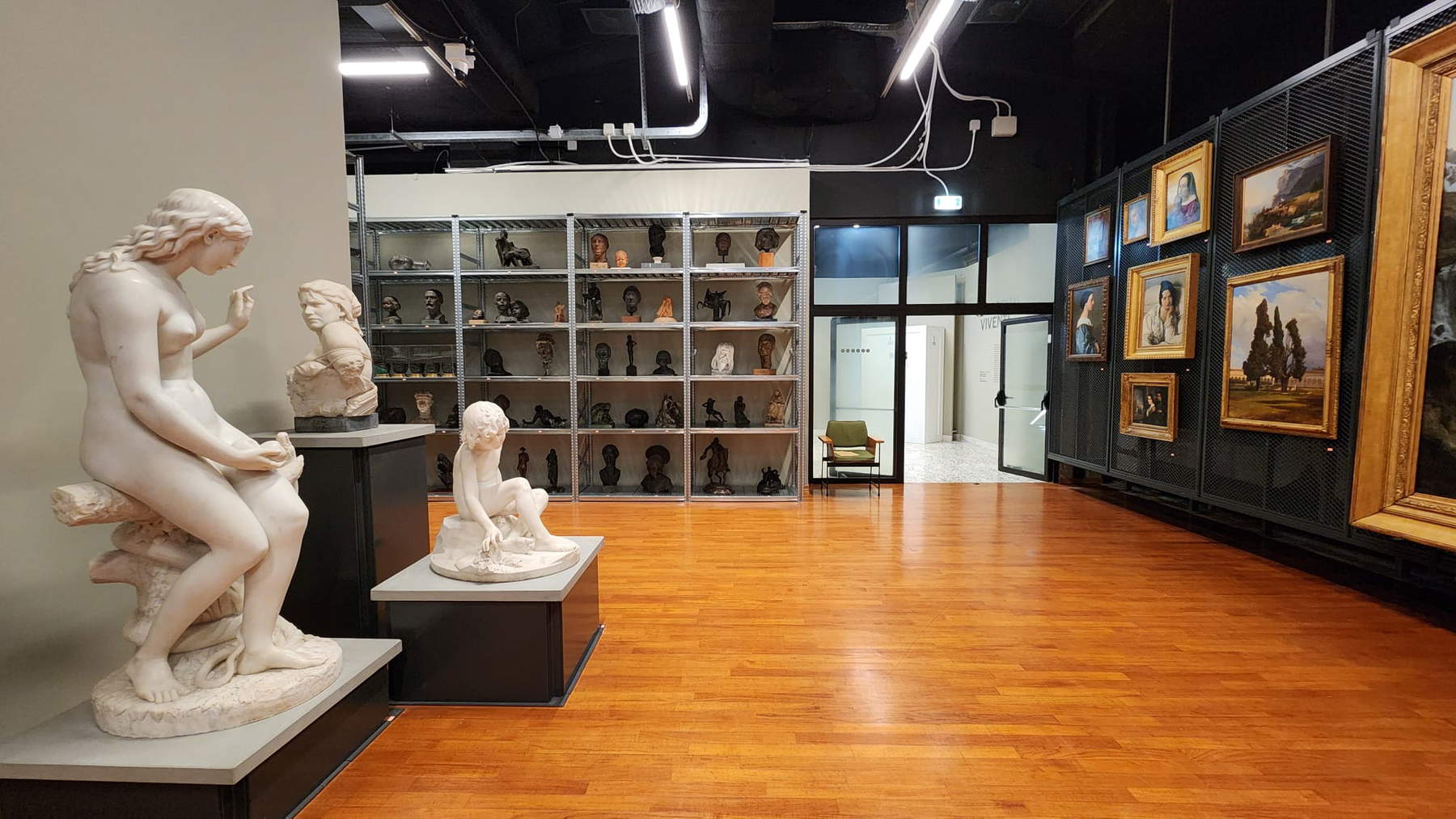
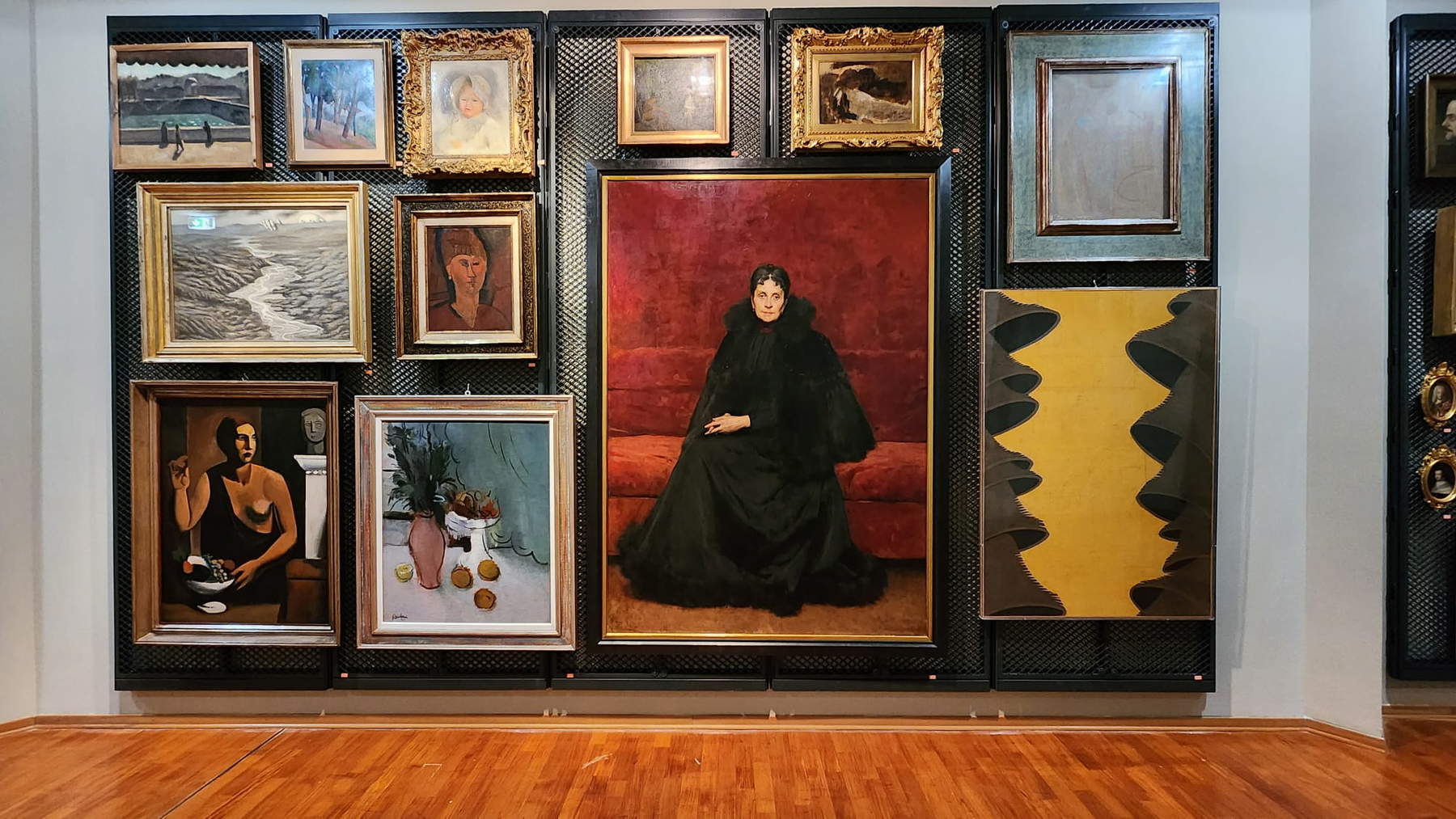
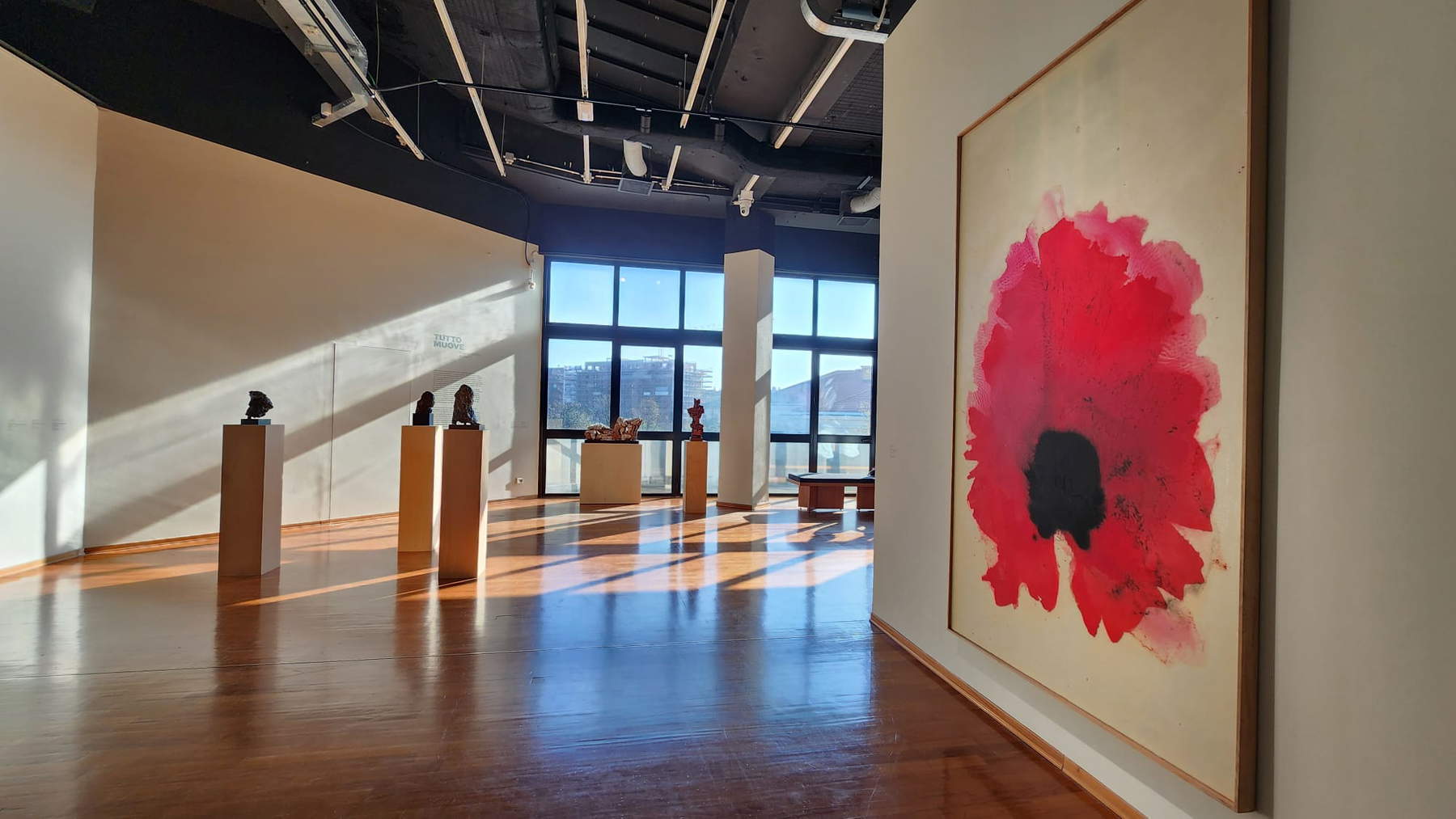
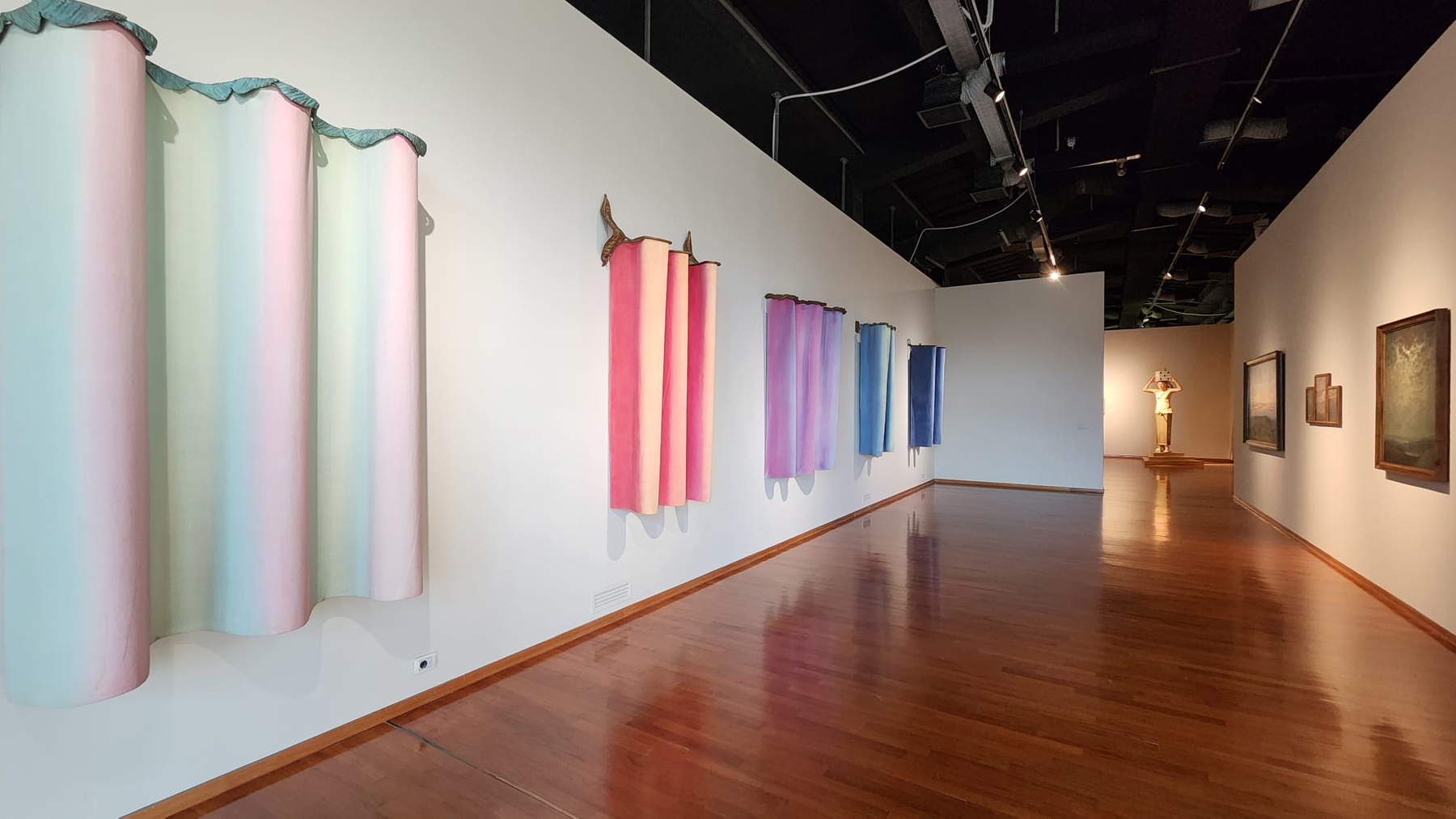
It is difficult to understand the reasons for this disarticulation, operated according to moreover dated, delayed logic: thematic rearrangements were fashionable thirty years ago (a substantial wave occurred in the late 1990s and early 2000s, especially in the United States, but also on this side of the ocean: spearheaded by MoMA in 1992, then followed the Stedelijk Museum in Amsterdam, the Pompidou, and the Tate Modern, after which several other less famous museums adapted to the new trend). But while they might have made sense at the time, as an experimental mode and, above all, asan institutional critique of a kind ofancien régime based on strictly hierarchical models and a linear historical narrative, the product of theidea of an orderly, coherent, and inevitable historical progress, now thematic displays seem on the contrary to be the waste of a postmodern thought that is no longer sufficient to respond to the uncertainties in which we live today. The end of the great narratives of Western modernity (religion, ideologies, continuous progress), globalization, and the liquidity of contemporary society have left us with a dowry of anxiety, uncertainty, precariousness, fragility, superficiality, loneliness, and a consequent desire for stability, solidity, and points of reference. In this context, operations such as GAM’s “resonances” risk further fragmenting knowledge, adding confusion, leaving visitors at the mercy of subjective and often arbitrary connections, as well as lacking clear historical references: are we really convinced that a community disoriented by the liquidity of our society needs additional liquidity? If we live in a historical period of uncertainty, the reflection should, if anything, be on how to abandon certain practices that are daughters of postmodernism and find answers more suited to the world in which we live. If it was discussed at length nine years ago, when the National Gallery of Modern Art in Rome was revisiting, according to similar logic, its permanent collection (with a display that was designed to have a short duration, a year and a half, but before the recent exhibition of futurism was still in place: we had to keep it for eight years), all the more reason today such answers should seem even more delayed.
Of course, this is not a matter of wanting to reintroduce dogmatic or reactionary thoughts, or to return to practices of the past, but the eventual response in regard to the public questioning the appropriateness of this paradigm cannot be to defer the study of art history to books either. It will not be said explicitly, but the point, in the end, is this: those who arrive unprepared will leave the museum exactly as they entered it. However, the museum is not a divertissement aimed only at those who already have some foundation: it is also, indeed it is above all, a place of knowledge open to anyone. Nor, of course, can the solution be paternalistic: it is more simply a matter of being inclusive, and inclusiveness is hardly achieved by offering the public pre-packaged reports. Even worse then is not to give answers: one cannot motivate rehousing on the basis of the idea that a cross-sectional ordering of collections is simply “more interesting,” as Director Bertola said in an interview, or on the basis of slogans (“a work of art is always contemporary”). The alternative is not between a museum that stirs emotions and makes people dream and think on the one hand, and the fearful, reverential, and solemn museum on the other.
I like to think, then, that there is a third way with respect to the dogmatic museum (the twentieth-century museum, the immovable museum, the museum with a firm, stable and given narrative) and with respect to the postmodern museum (the museum that blows up all hierarchies, the museum where relationships replace history, the museum where you happen to see a fashionable, recently acquired contemporary artist displayed in a permanent collection next to an artist who has marked his era in an unquestionable and indelible way). We could call it an “integrated museum,” or work on a similar adjective: a museum that is structured but flexible, that implies the coexistence of different dimensions but without losing balance and at the same time suggesting stability and pluralism, that does not give up its base and is able to suggest to the public a structure and a sense of historical continuity, but at the same time activates sections that can offer visitors dialogues between different eras (but not on superficial and external bases: to suggest, if anything, historical and cultural connections and recurrences). A museum that welcomes everyone, in short, because today the museum must be able to speak simultaneously to all kinds of visitors: the visitor who wants to learn, the one who wants to understand and know firsthand what he or she has seen in textbooks, the one who just wants to get excited, the one for whom art is exclusively an aesthetic experience, the one who looks for the stories among the works, the child, the adult, the young person, the elderly person, the one who never misses a contemporary art exhibition, the one who believes that Fontana’s cuts are simply gouges over a canvas. Are we sure that GAM’s resonances can speak to everyone? It is not, then, a matter of inventing anything new: it is what so many museums around the world are already doing.
Warning: the translation into English of the original Italian article was created using automatic tools. We undertake to review all articles, but we do not guarantee the total absence of inaccuracies in the translation due to the program. You can find the original by clicking on the ITA button. If you find any mistake,please contact us.